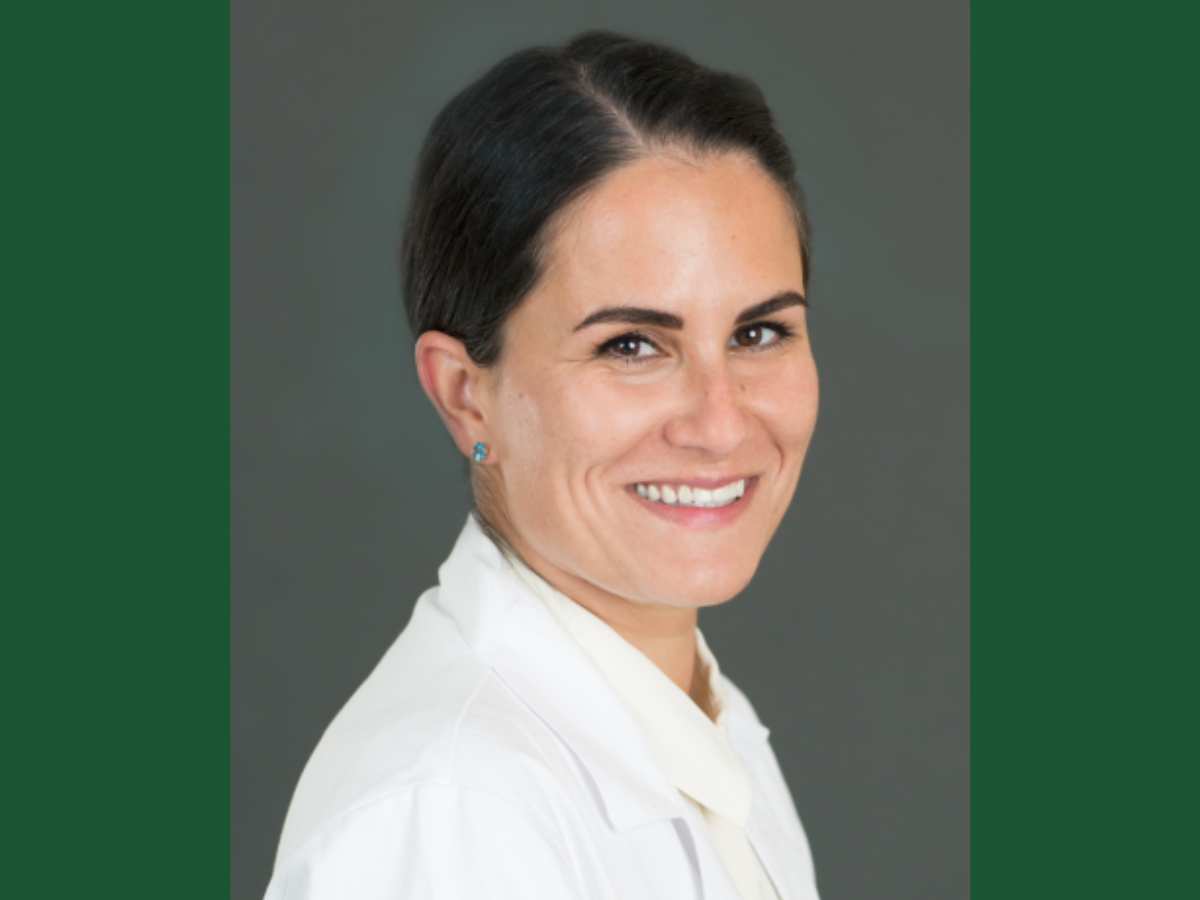Transcatheter aortic valve replacement (TAVR) has revolutionized the treatment of aortic valve stenosis. With proven safety and efficacy, TAVR has become a standard therapeutic alternative to surgical aortic valve replacement (SAVR) and carries a class 1 indication for patients 65 years or older with symptomatic disease, regardless of surgical risk.

TAVR is minimally invasive and has a shorter recovery time compared to SAVR. TAVR has been an option for about 20 years, initially offered to patients who were high-risk for surgery. Now TAVR is a popular option for a bigger patient population and in 2019, TAVR overtook the number of SAVR procedures in the United States.
As numbers continue to rise, surgeons are faced with a growing number of patients at risk for bioprosthetic valve failure. When redo-TAVR (valve-in-valve, or ViV, TAVR) is not feasible, surgical explantation of TAVR valve with subsequent SAVR remains the only option.
Lead author Sasha Still, M.D., an assistant professor in the UAB Division of Cardiothoracic Surgery, and her colleagues, published their experience of TAVR explantation in The Annals of Thoracic Surgery and offer evidence-based strategies to optimize clinical outcomes in high-risk patients undergoing this procedure.
Still writes, “TAVR explantation is now one of the fastest growing cardiac surgery procedures in the country, with an expected exponential increase in surgical explants. Published data demonstrate a high rate of short and mid-term adverse outcomes in experienced hands, prompting new concern and initiative to reduce explant-related morbidity and mortality and temporize risk in the lifetime management of aortic stenosis.”
UAB researchers conducted a retrospective review of 2,313 patients who underwent TAVR, between 2015 to 2023, and identified 33 patients who required TAVR explant. The incidence of TAVR explant among patients who underwent either index TAVR or valve-in-valve TAVR at UAB was 1.3 percent, similar to the reported incidence of TAVR-explant of 0.5-2 percent.
Demographics, clinical characteristics, rates of concomitant surgery, and risk scores of this study cohort mirrored those of previously published reports. Notably, more than half of the cohort had prior cardiac surgery (15 secondary and 3 tertiary sternotomies) and 14 had prior ViV TAVR. The median time from TAVR to explantation was 815 days. The most common indication for TAVR explant was bioprosthetic degeneration, followed by endocarditis, severe paravalvular leak, and ventricular septal defect. Only bioprosthetic SAVR valves were implanted as part of these procedures.
The study advocates for strategic valve selection at first intervention to facilitate bioprosthetic longevity, robust preoperative risk stratification, and technical simplicity and precision. For patients with endocarditis or significant paravalvular leaks, TAVR explant with SAVR remains the preferred approach. These findings underscore the need for ongoing research to refine techniques and identify modifiable risk factors, ensuring consistent outcomes in this complex patient population.
“Published data on inpatient, early, and intermediate-term mortality rates of patients undergoing TAVR explant are excessive,” Still said. “Our study demonstrates the lowest early mortality rates to date, yet early and intermediate-term mortality remain high. Our institutional experience is an achievement, but we still have a long way to go. We demonstrate that improved survival is possible, but further institutional and registry-based study and surgeon-based discussions are necessary to discover ways to mitigate the perioperative risks when transcatheter options fail.”
The authors of the paper are Sasha Still, M.D., Rongbing Xie, Ph.D., Panos Vardas, M.D., Kyle Eudailey, M.D., Clifton Lewis, M.D., and James Davies, M.D. Read "Explantation of Transcatheter Aortic Bioprostheses in a Very High Risk Population" here.